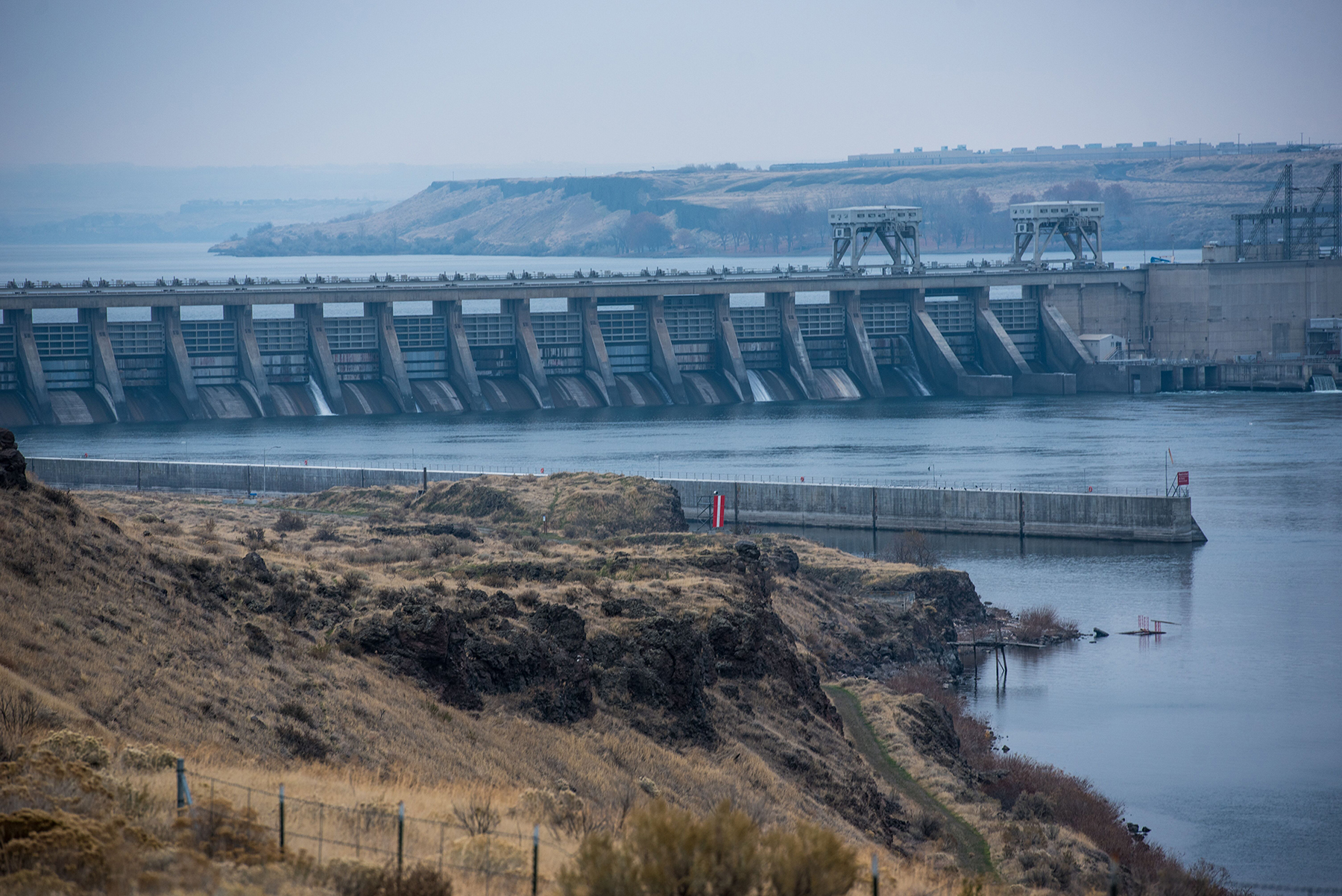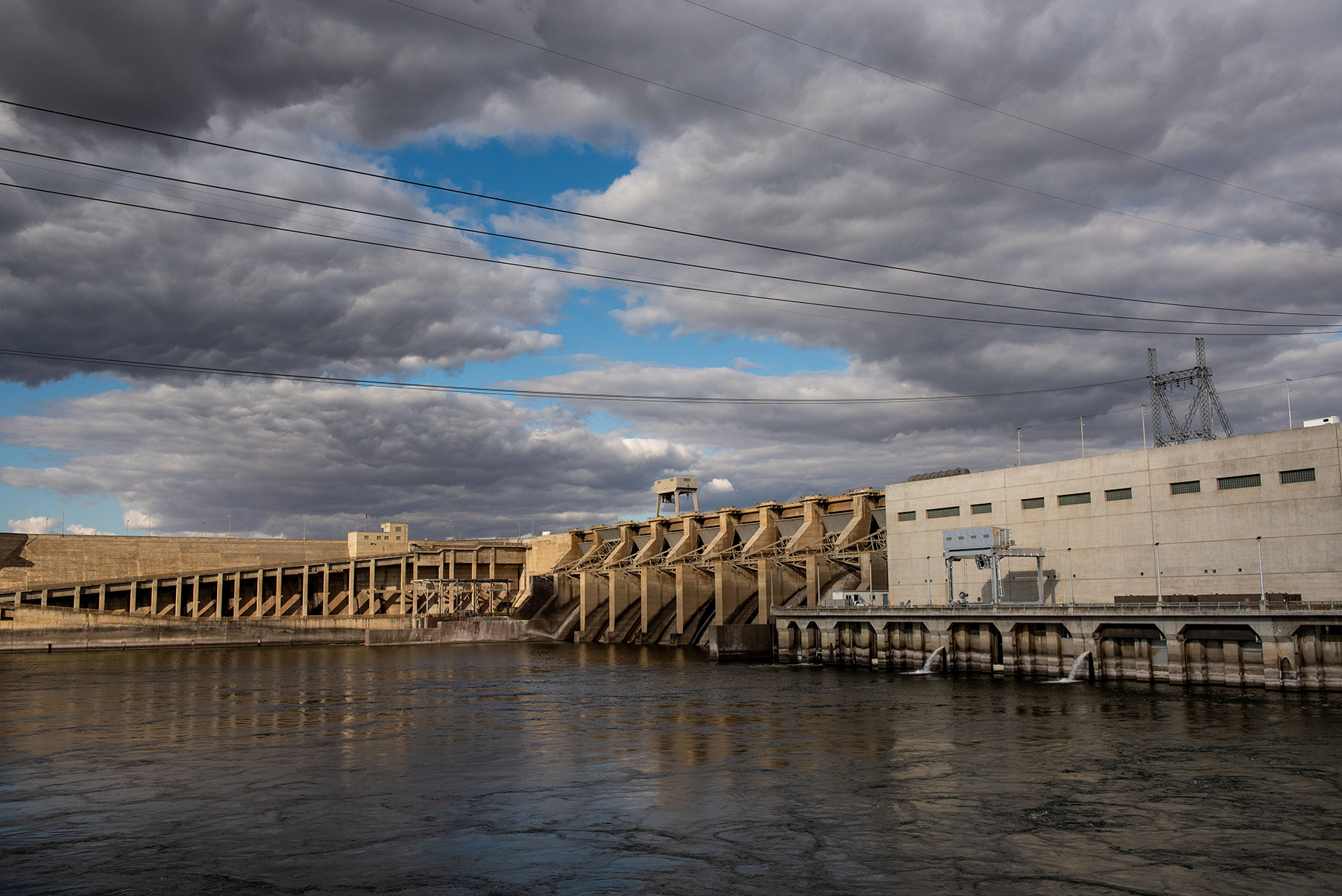By Jay Landers
With the U.S. electrical grid facing the prospect of growing instability in the future, hydropower offers an increasingly critical means of improving system resilience, according to a recent report from the U.S. Department of Energy. Released in October, the report examines the contributions to grid resilience made by hydropower in the case of certain extreme events.
Titled Hydropower’s Contributions to Grid Resilience, the report was prepared by authors affiliated with the multiple DOE laboratories: the Pacific Northwest National Laboratory, Argonne National Laboratory, Idaho National Laboratory, National Renewable Energy Laboratory, and Oak Ridge National Laboratory.
Challenges to the grid
With extreme weather events expected to increase in severity and frequency in the future and growing use of intermittent renewable energy sources, the U.S. electrical grid will be challenged to maintain the same level of reliability that it has provided historically.
Succeeding at this task will require increasing the resilience of the grid, particularly by enabling it to respond to and recover from high-impact, low-probability events, ranging from extreme weather to cyber and physical attacks.
Hydropower can play a key role in ensuring grid stability in the face of such events, the report concludes.
“Hydropower facilities are often crucial in responding to these extreme grid events due to their agility and flexibility,” the report states. “They can quickly change both their real and reactive power outputs, and they are well-suited to provide voltage support, inertial response, primary frequency response, spinning, and operating reserves.” This is due to hydropower facilities’ “readily available conversion of stored energy — water stored behind dams — and low station power requirements (that) make them ideal for black start restoration of the grid.”
Despite these advantages associated with hydropower, “no standard practices presently exist to quantify the contributions of hydropower resources and their attributes and response characteristics, especially for non-market and non-monetized grid services such as voltage support and inertial and frequency responses,” the report states.
Examining scenarios
To quantify these contributions provided by hydropower facilities, the team conducting the study examined scenarios involving the use of hydropower in the Western Interconnection system, that is, the portion of the North American power transmission grid serving western Canada and the western United States.

Using both historical data and simulation-based analysis, the study team quantified hydropower’s contributions to grid resilience for two specific categories of events.
The first category was a sudden loss of large generation assets for periods of up to minutes or hours. Such an event can disrupt grid operations in the short term and cause such problems as sudden increases or decreases in grid frequency, local voltages, and other key metrics. If not addressed rapidly, such changes can lead to cascading outages on a grid.
The second category involved changes in net load resulting from extreme weather events. Often the result of sudden heat waves or cold snaps, these events can decrease energy production for hours or even days at a time, forcing energy providers to scramble to maintain generation sufficient to meet increased energy demands.
Critical to stability
Because it constitutes approximately 25% of the installed production capacity within the Western Interconnection, hydropower has long been recognized as an essential component of the western grid, says Abhishek Somani, Ph.D., an electrical engineer and senior economist for the PNNL and the lead author on the report.
That said, the study’s findings reveal just how important hydropower is to the grid following an extreme event, Somani says.
In such cases, hydropower is “critical to stabilizing the Western Interconnection,” Somani says. For example, hydropower was found to contribute 30%-60% of the governor response needed to stabilize system frequency following an outage. The “sheer magnitude” of hydropower’s contribution to providing frequency support “was a bit of a surprise,” he says.
Quantifying this particular contribution of hydropower to grid resilience “has really opened our eyes in some respects,” says Sohom Datta, Ph.D., a power systems engineer for the PNNL and a co-author of the report.
At the same time, hydropower also was found to have “significant reactive power capability that helps maintain voltage stability during extreme events,” the report notes. “Simulation results for the (Western Interconnection) show that hydropower units are a major source of reactive power support under all seasonal, loading, and water availability conditions.”

The extent to which hydropower provides this reactive power support also was somewhat unexpected, Datta says. “We were also surprised to see how hydropower helped maintain voltages across the grid following such large disturbances,” he notes.
Hydropower facilities also were found to play a key role in maintaining sufficient electricity in the event that extreme weather events reduced output from solar and wind generation for multiple days.
“Simulation results from extreme weather scenarios for the western United States showed significantly depressed wind and solar generation even though the impact on system load was not extreme,” the report states. “It was observed that hourly flexibility of hydropower resources was used to fill the resulting energy and capacity gaps.”
Ancillary services
The limited supply of energy storage in the power system also points to another key attribute of hydropower, Somani says.
“Whatever (energy) storage we have primarily comes from hydropower,” Somani explains. This is because water stored behind dams or in pumped storage facilities represents “more than 90% of all storage” in the system, with batteries making up the difference, he says.
Unless and until batteries or other forms of energy storage are developed that can store significant amounts of electricity, hydropower storage can be expected to help maintain grid resilience in the face of more frequent, and intense, weather events or other extreme events.
As noted earlier, hydropower provides a range of ancillary services that help maintain grid stability, including maintaining system frequency and voltage levels. Despite their critical nature, such services — because they are ancillary — essentially are provided by hydropower facilities and other conventional power sources for free. Because wind and solar generation sources typically do not provide such ancillary services, the ongoing switch to these renewable sources can increase grid instability unless steps are taken to ensure that the necessary ancillary services are provided.
Finding a way for hydropower facilities to monetize these ancillary services would help promote greater resilience of the energy grid, Datta says. “I think we have to do more research to find out ways” in which hydropower units can reap some financial benefits from such services, he says.
Crucial role for hydropower
Overall, the DOE’s report “nicely articulates the value of hydropower,” says Himali Parmar, the vice president for energy advisory services, interconnection, and transmission at the consulting firm ICF. With the growing push to decarbonize the power sector and other aspects of the economy, hydropower “has a crucial role to play,” says Parmar, who was not involved in the development of the report.
Beyond power generation, hydropower’s role includes the need to provide frequency response and other ancillary services, Parmar notes. She agrees that such services will need to be compensated somehow in the future in order to help ensure a more resilient grid. The DOE’s report “sets the stage” for policymakers and others to begin considering how to enable hydropower assets to monetize ancillary services, she says.
Such a discussion also needs to address the issue of enabling hydropower operators to monetize the value inherent in the long-term storage capabilities of their facilities, says Biwan Zhou, manager of power markets for ICF. (Zhou was not involved in the preparation of the DOE’s report.) “I think that would be something that policymakers or regulatory authorities may need to look into in the future to see how they can incentivize those longer-duration energy storage resources,” Zhou says.
Meanwhile, Parmar says that she would have liked to have seen some discussion in the report about whether greater use of regional transmission organizations in the western United States could improve grid reliability further by providing a more centralized approach to monitoring and addressing disturbances on the grid.



